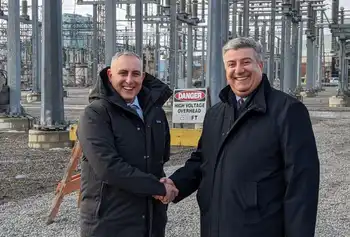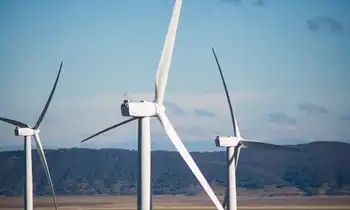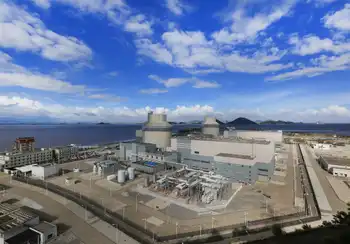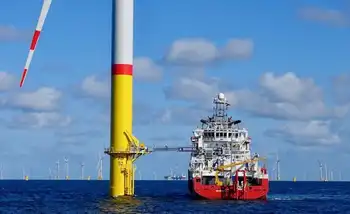Coal must be part of BWL plant discussion
By Lansing State Journal
Substation Relay Protection Training
Our customized live online or in‑person group training can be delivered to your staff at your location.

- Live Online
- 12 hours Instructor-led
- Group Training Available
Approximately 77 percent of the total energy produced in the MISO market is from coal. However, during peak hours MISO frequently relies on natural gas fueled plants, which set a very high and volatile price.
If the Lansing Board of Water & Light were forced to rely on the MISO wholesale market to replace the retirement of its old coal baseload plant, output from coal plants would still be used to meet local demand.
However, instead of having rates based on true costs, BWL customers will be subject to a very high market price, incur additional transmission expense, and face a decrease in reliability as generation would be located farther away from the load. Lansing will also lose out on the economic benefit of a new plant to places like Illinois and Wisconsin where they have recently built new clean coal plants, and are in the process of building additional plants.
While energy efficiency, together with renewable energy resources will continue to play a major role in meeting BWL's future electric need, they cannot entirely replace retired baseload generation. People must have reliable electricity around the clock, even when the wind doesn't blow or the sun doesn't shine.
"Although some would suggest that two good options to a coal-fired plant are: Next door, Michigan State University has a power plant generating excess energy. And fewer than 50 miles up the road, Alma proposes to build a 'clean energy plant.'"
The reality is something else.
First, Michigan State University imports energy from outside sources to meet its electricity needs. In addition, the largest plant it does have is fueled by... yes, you guessed it, coal.
Beyond this fact however, why would an entity whose core business is to provide reliable electric generation rely on an entity whose core business is to provide higher education to meet their electric need?
Regarding the Alma "clean energy plant" being an alternative to coal, lost in the argument is that the fuel for this plant is... yes, correct again, coal. In addition, the carbon capture and sequestration technology is commercially unproven, the costs for an IGCC plant are much higher then a hybrid biomass/coal plant, good-paying union jobs would be exported from Lansing to Alma, you will incur additional transmission costs, and the parasitic load on this plant is near 30 percent.
Despite the arguments presented in a recent viewpoint column, it's important to remember that all options for powering Lansing's future in an affordable, reliable, and environmentally safe way should be considered.
Clean coal needs to remain an option, and all options need to be fairly presented.











